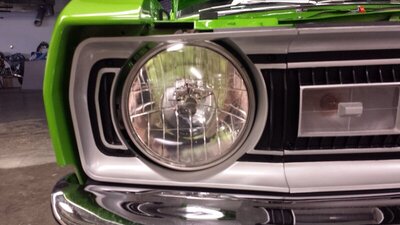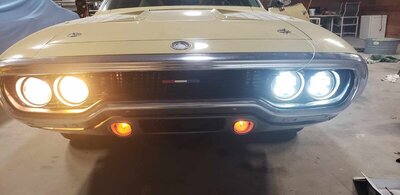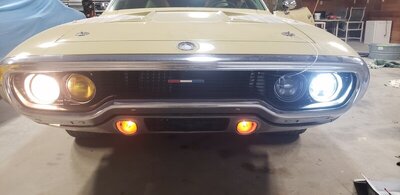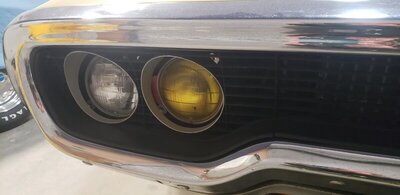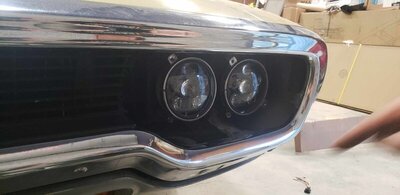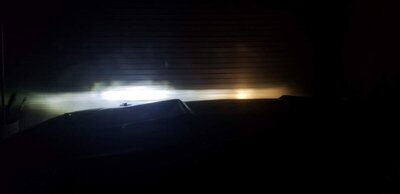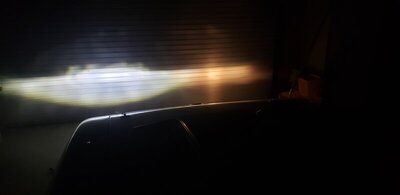- Local time
- 1:10 PM
- Joined
- Jul 1, 2015
- Messages
- 4,613
- Reaction score
- 5,583
Right now the objectively-best H4 high/low beam and H1 high beam large and small round lamps are glass-and-metal units made in Japan by Koito, one of the top suppliers of lights and lamps to the world's automakers, and the best bulbs are made by Tungsram (GE of Europe), so that's what I keep in stock. That's likely to remain the case for the foreseeable future, but posterity is actually a good reason not to post recommendations for posterity.
Equipment availability and recommendability varies. It shifts and drifts as products are discontinued and introduced, and any given lamp or bulb's performance and quality can change a lot—tooling gets worn out and doesn't get renewed, companies shift production from a good line to a cruddy one or they outsource it to a country known more for trinkets than for quality, companies and product lines get bought and sold, etc. So stuff like "I've always used [brand]" or "[company] makes good lights" can wind up being bad advice.
Apart from that, there's a ton of junk on the market, at a wide price range, all of it hyped as an "upgrade".
Whatever headlamps you get, put in relays and good wiring—though even the best wiring and bulbs won't "save" bad headlamps.
I'm curious as to why, perhaps a general objection, to HID systems. 6000k lamp color, far "outshines" a halogen H4, dual filament lamp, and a 100w H1 single filament lamp. The correct measurement is at a common point, say lumens/ft at a common distance.
Quartz Halogen luminaries have been around for 40 years. They are a significant improvement over the old tungsten filament sealed beams. There is nothing magical with a Quartz Halogen lamp. The Quartz is a Quartz glass compound which is able to operate at the higher Tungsten filament temperatures. Halogen is a halide gas that the bulb envelope is filled with, enabling the evaporated metallic Tungsten, due to the high operating temps (this process is called sublimation-going from a solid to a gas without going thru a liquid phase) to be re-deposited back to the filament. The metallic tungsten is evaporated fue to the higher operating temperature. These lamps are STILL susceptible to vibration and overvoltages. Plus, they consume just as much power as a regular sealed beam unit.
HID lamps, however, do not have any filaments. Because require a ballast, the system is slightly more complicated. The ballast allows for LOWER power consumption yet still allows the lamp to produce more LUMENS/Ft than a Quartz Halogen lamp. There are NO filaments inside the lamp. The light is produced by an ARC inside the lamp through XENON GAS. Its the best of both worlds....intensely bright light, at lower amperage draw, and vibration immune.
The HID system is ~ 10-15% more expensive than a Quartz Halogen system....for my money, I've opted for the HID system......you get more light for lower power consumption......but for those that don't understand the physical differences between the two systems and their distinct differences in the light produced .... but this is just my opinion of course.
BOB RENTON

